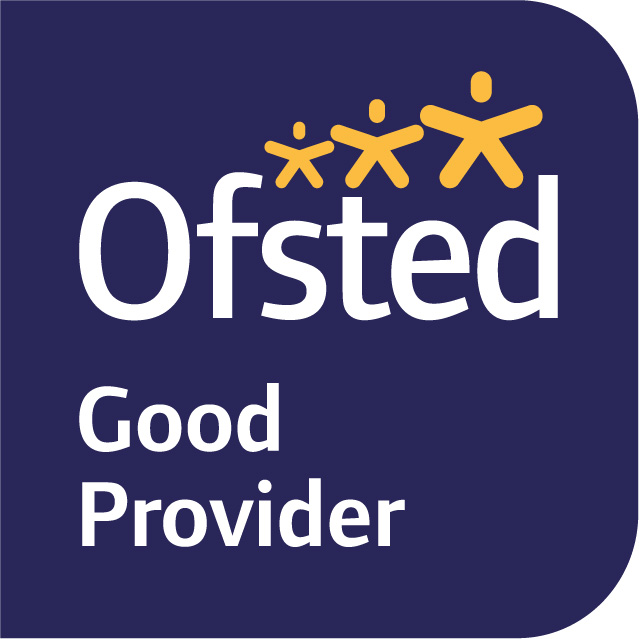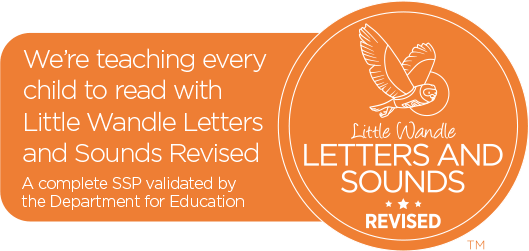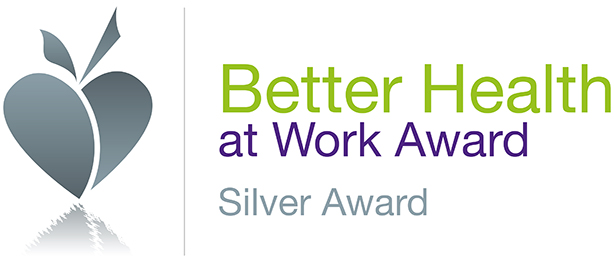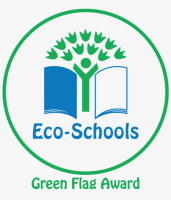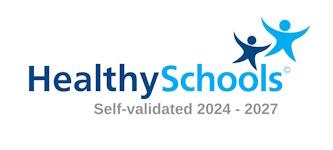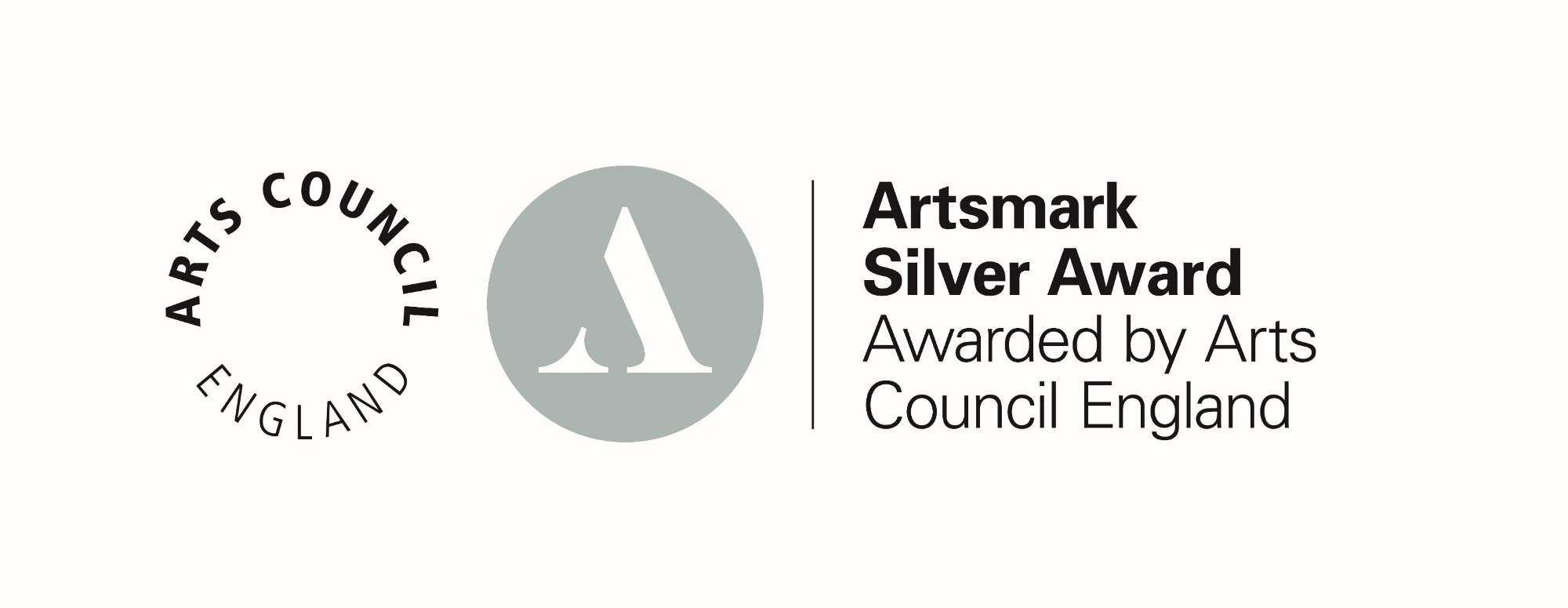Parent FAQ
Parent FAQ
How are my child’s Personalised Learning Goals (PLGs) developed and reviewed?
Each pupil’s PLG is created in collaboration with teachers, therapists where appropriate, and support staff, using the outcomes in their EHCP as a foundation. We review PLGs regularly—at least termly—and parents are invited to contribute to the process. This ensures the plan stays relevant and reflects your child’s progress and evolving needs.
What does a typical day look like for a child with my child’s needs?
Pupils follow a personalised timetable that includes core learning, therapeutically informed input, and enrichment activities. Transitions are carefully managed, and routines are consistent to help children feel secure. Staff adapt the day to suit individual needs, including sensory breaks or quiet time if needed.
How are therapies delivered in school?
Therapies such as speech and language, occupational therapy, and physiotherapy plans are developed by Therapists and delivered in line with each child’s EHCP. Staff are trained to embed therapeutic strategies into daily routines, and deliver some interventions as appropriate.
What is the staff-to-pupil ratio in my child’s class?
Ratios vary depending on the needs of the group, our offer is based on pupils working within an appropriate group. Some classes may have one teacher and two or more support staff for a group of 6–12 pupils. For pupils with more complex needs, classes may be smaller with higher staffing levels to ensure safety, engagement, and personalised support.
How do you support children with anxiety, sensory needs, or behaviour challenges?
We use a relational, trauma-informed approach. Staff are trained to understand the reasons behind behaviour and respond with empathy and consistency. We offer sensory regulation tools, quiet spaces, and personalised strategies to help pupils feel safe and understood. Behaviour support plans (Well-being plans and behaviour risk assessments) are developed with families and reviewed regularly.
How do you measure progress of children?
Progress is measured using individualised targets (PLGs) linked to EHCP outcomes and curriculum pathways. We celebrate small steps and personal achievements, not just academic milestones. Progress is tracked through observations, work moderation, and assessments tailored to each child’s level of development.
What qualifications or accreditations can pupils work towards?
Depending on the pathway, pupils may work towards Entry Level Certificates, Functional Skills, ASDAN awards, or vocational qualifications. The focus is on meaningful learning that prepares them for life beyond school—whether that’s further education, supported employment, or independent living.
How do you support social interaction and friendships?
We create structured opportunities for social interaction through group work, play, and shared activities. Staff model and support communication, turn-taking, and emotional understanding.
What enrichment activities are available?
Pupils can access a wide range of enrichment opportunities, including:
- Outdoor learning and forest school
- Swimming and physical development
- Music, drama, and art
- Educational visits and community engagement
- Work-related learning and enterprise projects
These experiences help build confidence, curiosity, and real-world skills.
How do you promote independence and preparation for adulthood?
From early years to post-16, we embed life skills into the curriculum—such as cooking, travel training, money management, and personal care. Older pupils follow Preparation for Adulthood pathways that include work experience, college links, and community-based learning.
How often will I receive updates about my child’s progress?
We provide regular updates through:
- Annual EHCP reviews
- Termly parent-teacher meetings where we review PLG’s and individual plans
- Home-school communication books or digital platforms
We’re always happy to talk if you have questions or concerns between formal meetings.

